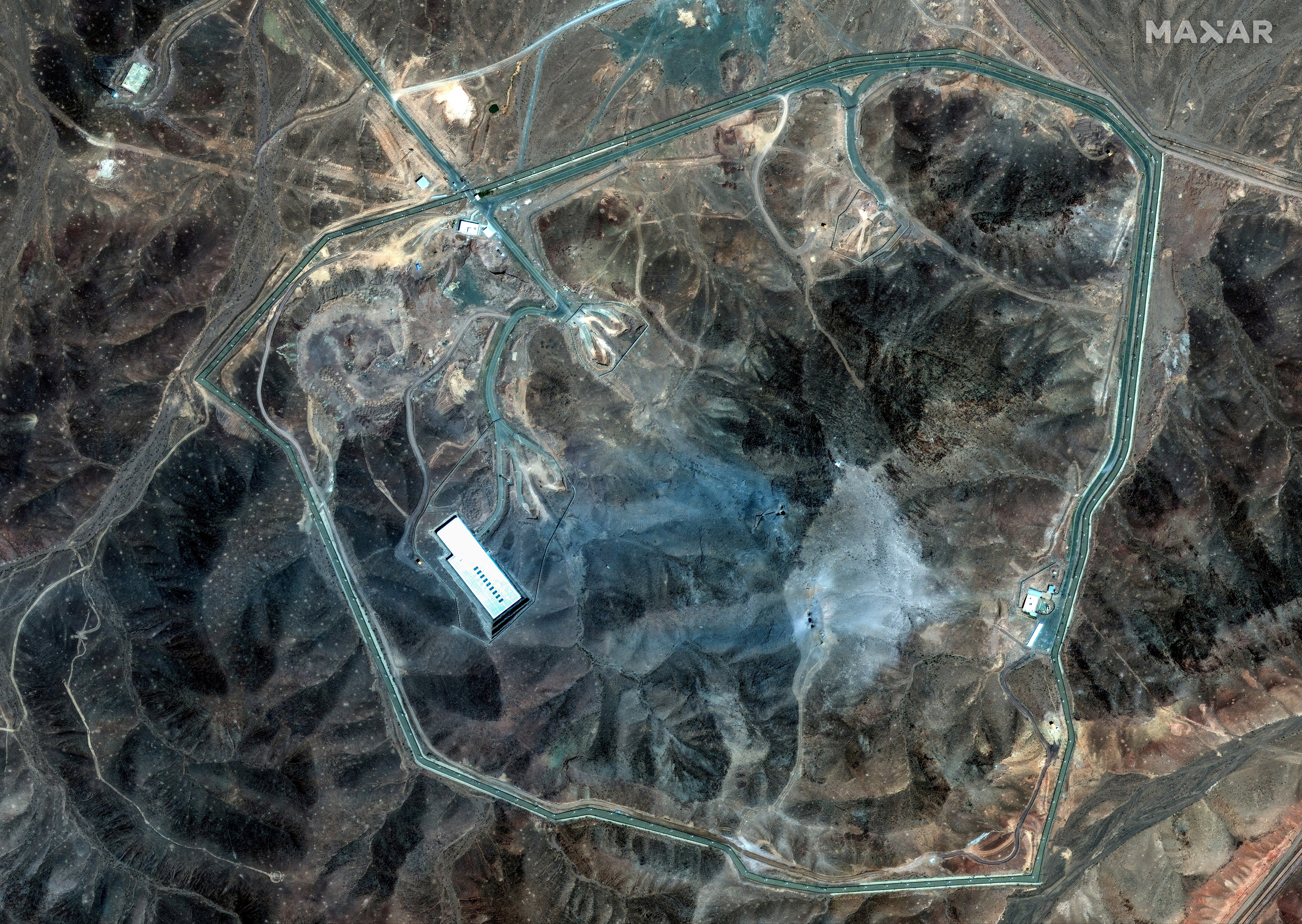B-2 bomber pilots were equipped with microwaves, snacks and even a toilet during a grueling 37-hour round-trip mission from Missouri to Iran to strike a trio of nuclear facilities.
U.S. Air Force bombers took off from Whiteman Air Force Base near Kansas City on Friday, flying more than 18 hours each way to target Iran’s Fordow nuclear plant.
The mission, known as Operation Midnight Hammer, required multiple midair refuelings and was carried out with near-total radio silence, according to officials speaking to The Telegraph.
To survive such long and intense missions, the cockpit of the B-2 Spirit has been outfitted with key comforts, including a mini fridge, a microwave, and a toilet. The aircraft also has enough space for one pilot to lie down and rest while the other flies.
Each B-2 costs more than $2 billion and were designed during the Cold War to carry nuclear weapons.

First introduced in 1997, the Northrop aircraft is known for its batwing design and stealth capabilities. The United States currently has 19 B-2 bombers in service, following the loss of one in a 2008 crash.
With only two pilots on board, the plane relies heavily on automation to manage long missions. Past crews have brought along cots or sleeping pads to make the journey more manageable, The Atlantic reported.
The mission to Iran was the longest B-2 operation since the initial U.S. strikes in Afghanistan after September 11 attacks.

While the bombers flew the majority of the mission alone, they were joined by fighter jets and support aircraft near Iranian airspace.
“The B-2s linked up with escort and support aircraft in a complex, tightly timed maneuver requiring exact synchronization across multiple platforms in a narrow piece of airspace,” said Lt. Gen. Daniel Caine, chairman of the Joint Chiefs of Staff.
The actual bombing began at 6:40 p.m. ET on Saturday, lasting just 25 minutes.
The lead bomber dropped two GBU-57 “bunker buster” bombs — each weighing 15 tons — on targets at the Fordow site.
Those bombings marked the first time the United States had used the GBU-57 in combat.
Remaining bombers dropped 14 “massive ordnance penetrators,” or MOPs, on two other targets, according to Caine.
“There is not another military in the world that could have done this,” President Donald Trump wrote on Truth Social announcing the strike.
The president had boasted that the nuclear facilities were “completely and totally obliterated” in the attack, though the extent of damage is unclear, and satellite images in the wake of the attack suggest the damage is not as great as the administration initially claimed.
“The biggest damage took place far below ground level,” Trump claimed. “Bullseye!!!”

On Monday, Iran launched missile strikes on a U.S. Air Force base in Qatar in what Iran’s Tasnim news agency called the “annunciation of victory” after Tehran vowed to retaliate in the aftermath of the bombing campaign.
The attack comes after the White House scrambled to say the president was “simply raising a question” after Trump appeared to entertain the idea of a regime change in Tehran, following the president’s claim he had taken a nuclear bomb “right out of Iran’s hands.”
Strikes between Iran and Israel have continued as world leaders demand de-escalation or risk a broader crisis across the Middle East and internationally.


